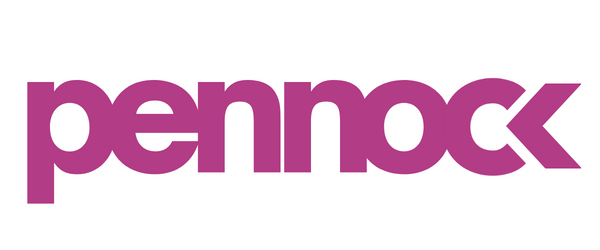Breaking Down Marketing Funnels
If you’ve run any marketing campaigns before, you’ve likely come across the term ‘marketing funnels’. But what exactly is a marketing funnel (or often referred to as; sales funnel, lead funnel or conversion funnel)? Whatever you call them, they are a system designed to push potential customers through the buyer’s journey and ultimately purchase a brand’s products or services. The reason why they are called ‘funnels’ is because when you think about your audience at each stage, your audience literally looks like a funnel!
Breakdown of the Marketing Funnel
Awareness: This is the widest part of the funnel—otherwise known as Top of Funnel or TOFU.
This is where people who have a certain problem get to know about your product or brand (because you have a solution to ‘said’ problem). They learn about your brand through all sorts of promotional strategies, like Facebook or Google ads. However, folks in the awareness stage typically do not become customers (less than 1% become customers). But don’t let that discourage you! These potential customers are now aware of your brand and know that you provide a solution to their problem.
During this stage, it’s important to capture the right customers (quality over quantity here!). Understand who your ideal prospective customer is and market to them—it will make the conversion in the end a whole lot easier because the product is made for them.
Consideration: This stage is found in the middle—Middle of Funnel or MOFU.
This is the stage that contains leads that are aware of the problem they are experiencing and are now looking for solutions. They have visited your website but they may not be ready to purchase from you and are often looking at 3-5 solutions and comparing them.
This is where your brand needs to stand out and prove to your customers that you are the best option! In order to do this, you’ll need to make sure these prospective customers have all the information they need about your brand—FAQs, benefits, price, etc. Clearly providing this information on your website will help these leads move to the decision stage of their journey.
Action: The narrowest part of the funnel—Bottom of Funnel or BOFU.
This stage is also known as the Decision or Conversion phase. Your efforts have paid off and your lead is ready to purchase. Bravo!
At this point, your leads know what they want, but customer reviews, product demos and case studies are all very important during this stage. Even though this audience has done a ton of research on various solutions that they’re considering, giving them additional reasons will only further convince them that your brand is the right choice.
Elements of a Marketing Funnel
Lead Magnets
Think of lead magnets as entry points to your digital marketing funnel—they are often used during the Awareness stage. A lead magnet is an initial high-value offer that you promote to your audience in exchange for their name, email address and other contact information.
For example: Potential customers see your ad, click on the ad and are redirected to your website where you offer them an incentive (discounts work well here) for providing their contact information.
Email Automation
Now that you have your leads' contact information, it is very important to have an email strategy that helps to nurture them through the buyer’s journey. For your digital marketing funnel to succeed you will need specific emails built out that will automatically be sent to your audience at the different stages of the journey.
For example: You’ll send a welcome email to those that have opted in through your lead magnet. Then, further down the journey you can send them emails promoting certain products once your audience is ready to purchase.
Even if your lead hasn’t purchased and moved through your entire email sequence, you should continue to nurture these leads. Whether you offer them an even deeper discount or continue giving them value via content it is important to try and keep these potential customers in the funnel and convince them to buy.
Remarketing
According to Business Insider, 97% of people who visit your site the first time leave without buying anything and they’re lost forever. Unless you can bring them back! Remarketing plays a huge role in converting people who did not convert the first time around.
For example: A shopper browses products on your website, viewing several items, but leaves without putting anything in their cart. A few days later, an ad for a product that was viewed pops up, reminding the shopper of your brand. The shopper is intrigued by the ad, and returns to make a purchase. Voilá! This is called a remarketing action.
As you can see, there are many moving parts that need to be aligned when launching a marketing funnel. Begin with baby steps and focus on making a simple funnel, fixing issues and identifying opportunities for growth.
Remember, it’s not just about acquiring new customers. You want to encourage them to be loyal and refer their friends too!
Marketing funnels may seem complicated but they are extremely useful in improving your conversion rates for your overall digital marketing strategy. Get in touch with us if you’d like help with your marketing funnel!


